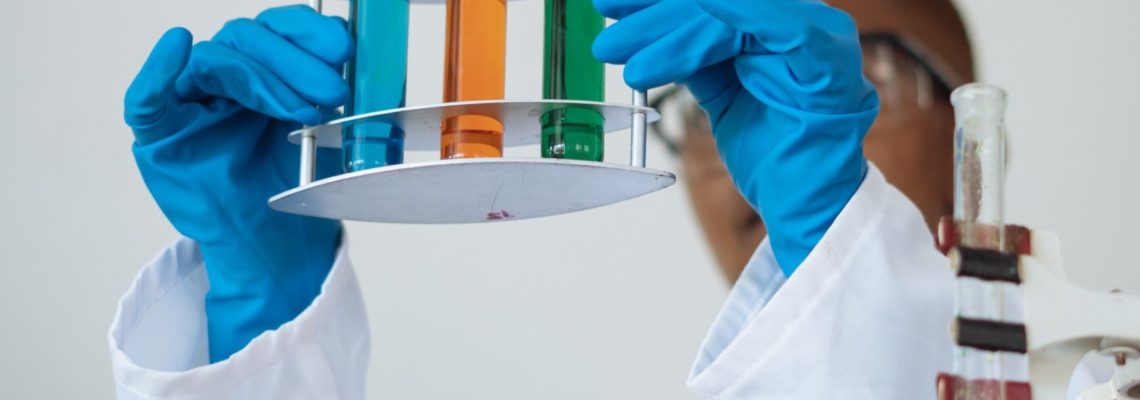Container systems for drug products should not release any chemicals which can build up in quantities that could create a risk of toxicity or impact the stability or efficacy of the drug. Extractables and leachables refer to compounds which can be either extracted or leached from the container into a drug formulation as a result of direct contact with the drug.
Defining Extractables
Extractables are chemicals which can be extracted from a container when in contact with a solvent as part of a laboratory study. To study the risk of materials extraction, experiments are done generally using a range of solvents such as basic, acidic, aqueous and organic solvents in addition to using elevated temperature to increase extraction rates. It is critical that the process of extraction does not alter or degrade the material of interest. In the resulting extracts, compounds which are present are known as “extractables” and studies are designed to result in a worst-case estimate of exposure to the patient. This can aid in materials selection and early risk assessment.
What are Leachables?
Leachables are chemicals that are introduced into the product during the normal application or storage conditions. There is often an overlap between extractables and leachables, meaning leachables are intended to be a subset of the extractables.
Stability leachable studies are carried out to understand leachables which migrate under simulated environmental conditions. This is done by analyzing the drug formulation following exposure to an increased temperature. Despite this, if the leachable interacts with the drug product itself, new components can be formed, known as secondary leachables. Drug formulations are usually comprised of buffers, surfactants, fillers and additional excipients and this complex nature means that there are often secondary leachables which are only discovered following long stability studies over the standard shelf life of the drug.
How are Extractables and Leachables Detected?
There are a range of analytical techniques that can be used to identify extractables and leachables. Volatile organic compounds are frequently analyzed using headspace GC-MS. Semi-volatile organic compounds are usually assessed employing high-resolution accurate mass GCMS. Non-volatile organic compounds are typically analyzed with HRAM LC-MS/MS and elemental impurities are identified using ICP-MS.
Relative reference standards are used to quantify these compounds and a toxicologist provides a risk assessment based on the extractables and leachables which fall above the analytical evaluation threshold (AET).
Extractables and Leachables from JordiLabs
At Jordi Labs, we specialize in analyzing plastics and our vast experience aids in ensuring that the success of extractables and leachables studies. We partner with our customers to create studies backed up by over 40 years of experience.
To find out more about how we can help with extractables and leachables, contact us today.





